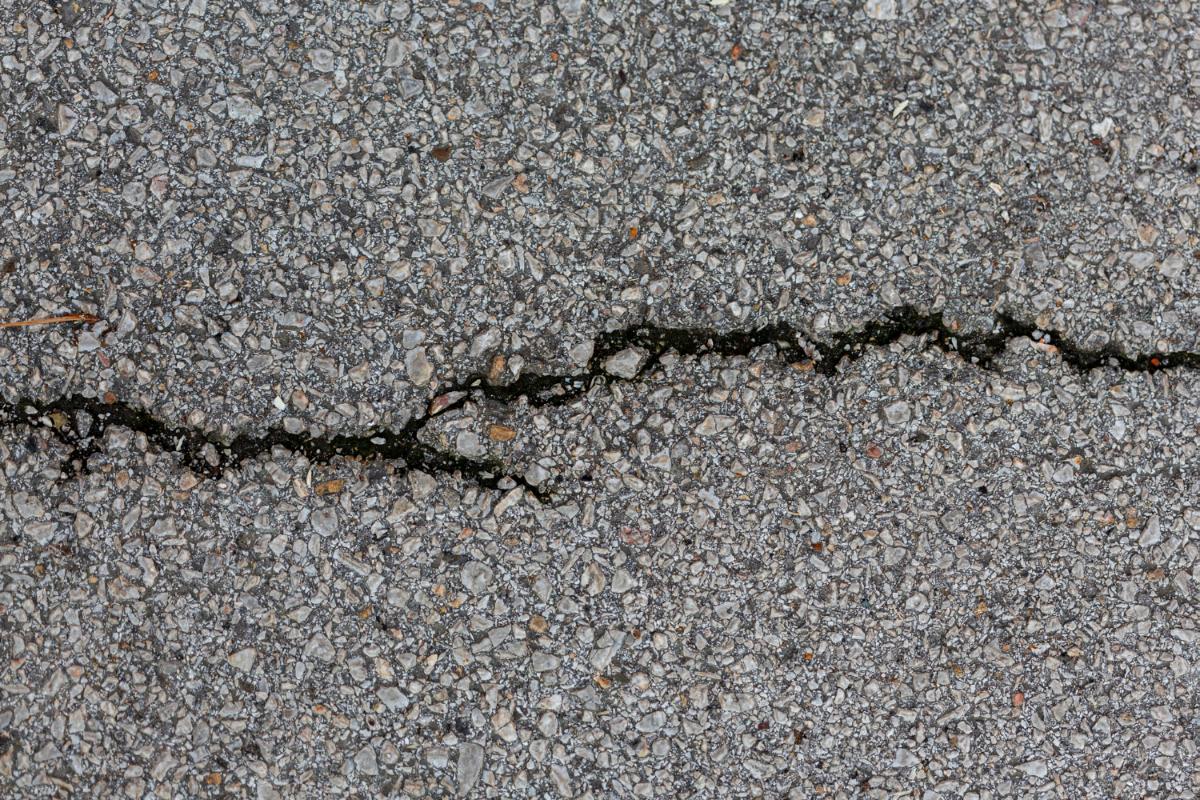
How serious are cracks in your asphalt paving, exactly? The truth is that many individuals spot cracks in their pavement and think little about it. When ignored, however, these crevasses can be highly problematic for your asphalt—revving the deterioration of your paving.
You shouldn't ignore cracks. Our specialists in asphalt paving in Orlando offer these six leading causes of asphalt cracks, as well as some tips for preventing them!
When cracks form soon after new asphalt has been laid, it's most often due to poor installation or location problems. Many times, the asphalt mix or base thickness is insufficient. At other times, the soil itself is erratic.
If your asphalt hasn't already been laid, make sure you adequately vet your asphalt contractor before employing them for the project!
In Central Florida, we're no strangers to elevated temperatures. But unfortunately, the summer heat also takes a toll on our paving. As the sun dries out the moisture from the asphalt materials, the pavement becomes brittle—forcing it to expand and crack. By sealcoating your asphalt pavement every two years, you can maintain a protective layer between your asphalt and the sun!
Just as high temperatures induce asphalt to expand, low temperatures provoke it to contract. During the winter months, the steady cycle of freezing and thawing is likely to leave a path of cracks riddled across your paving. While winter cracking is unavoidable, it's crucial that you schedule your rehabilitation promptly. Call your asphalt contractor as soon as temperatures start to rise!
Water constantly finds a way to infiltrate the surface of weak asphalt. When the water reaches the bottom layer of your pavement, it can wash away the stone and sand—compelling the asphalt surface to shift.
Make sure your pavement is furnished with proper drainage and that any crevices are sealed as soon as possible!
Although asphalt is engineered to acclimate to a certain amount of weight, it's relatively easy to surpass that load—especially if you own a parking lot and permit access to heavy traffic, equipment, and machinery.
While the quantity of traffic your pavement experiences might be partially outside of your control, be cautious not to leave fixed weight in one place for long periods. This can add tremendous pressure to a single location on your pavement—driving your asphalt to crack as a result.
Finally, the cracks in your pavement might simply be due to the age of the asphalt. If your surface is more than 20 years old, you might see that cracks develop more easily—signaling that the end of your pavement's stamina is somewhat near.
There are many band-aid resolutions for aging asphalt, such as upkeep and repairs. However, these should only be considered temporary fixes, and you should prep to have your surface fully repaved in the future.